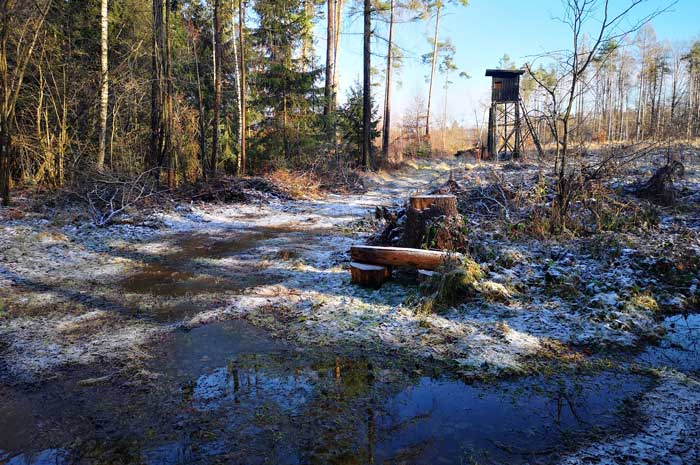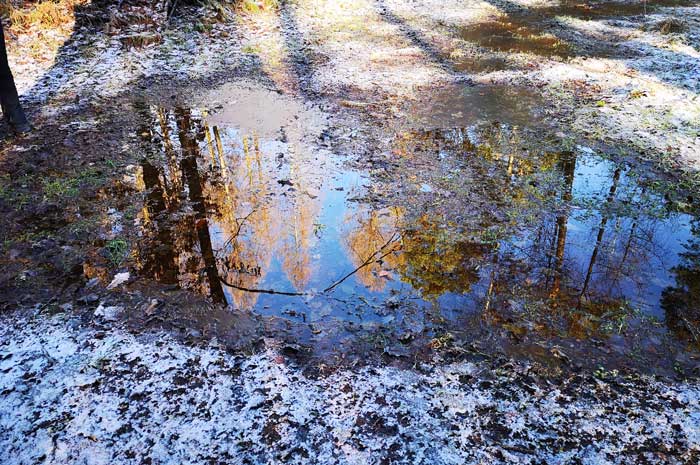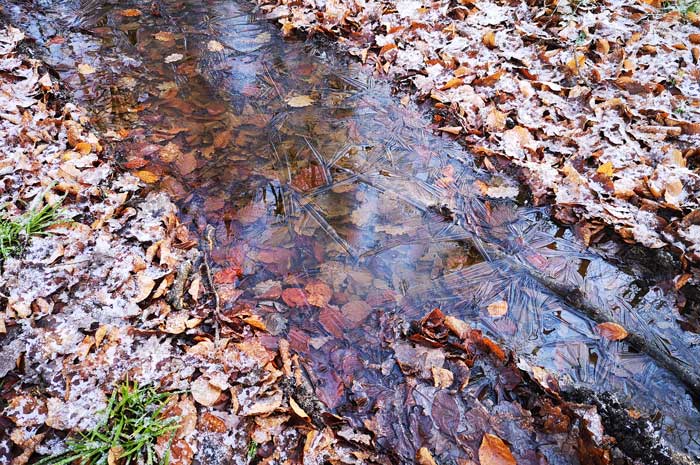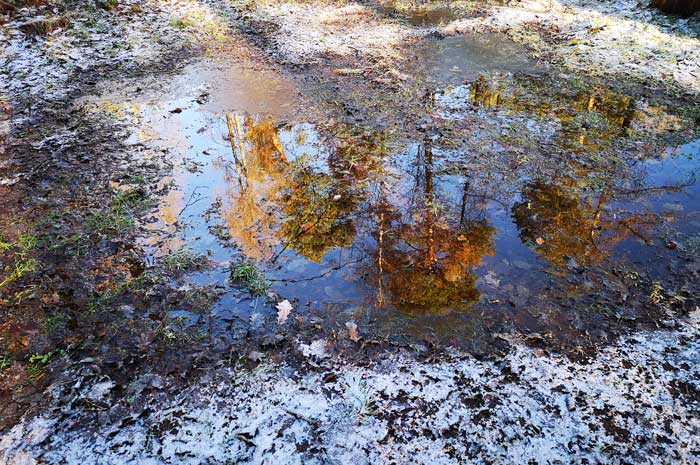The reflection in nature - water surface
- Written by Portal Editor

We know from physics that when light strikes a smooth surface and from there appears from the reflective surface as a reflection of the light on the surface, we refer to this as a reflection in optics.

Here we have to differentiate between smooth and rough reflective surfaces. As we know from everyday life, we can only reflect ourselves or our surroundings on really smooth surfaces.

On windless days, a mirror image is formed on (almost) every surface of the water. So there are always interesting motifs that can be captured, even if the frame still fits.

The mirror / the surface of the water creates a so-called mirror world, not a real world that we can feel. Since our visual organ is used to the fact that rays of light run straight, a world of appearance appears to us in the mirror.
The object that we want to see and feel in the mirror is not behind the mirror, but in front of the mirror. In reality, the light beams that are emitted by the object are reflected or mirrored on the mirror surface, so that it looks as if the light beam is coming from the mirror.
In the context of reflections on reflective surfaces, a distinction is made between two types of reflection, the flat mirror and the curved mirror, which in our puddles is more like flat water mirrors.
The simplest reflection is the reflection on a flat, really smooth surface, in our relation the smooth water surface. With this reflection, the laws of the law of reflection apply.
This means that when it is reflected on a flat mirror, an upright, virtual image is created that is the same size as the mirrored object, only on the head.
The mirror image appears perpendicular to the mirror plane, with the mirror image appearing at the same distance as the real object (provided that the mirror / water surface is the necessary size).
We hope you enjoy the pictures.